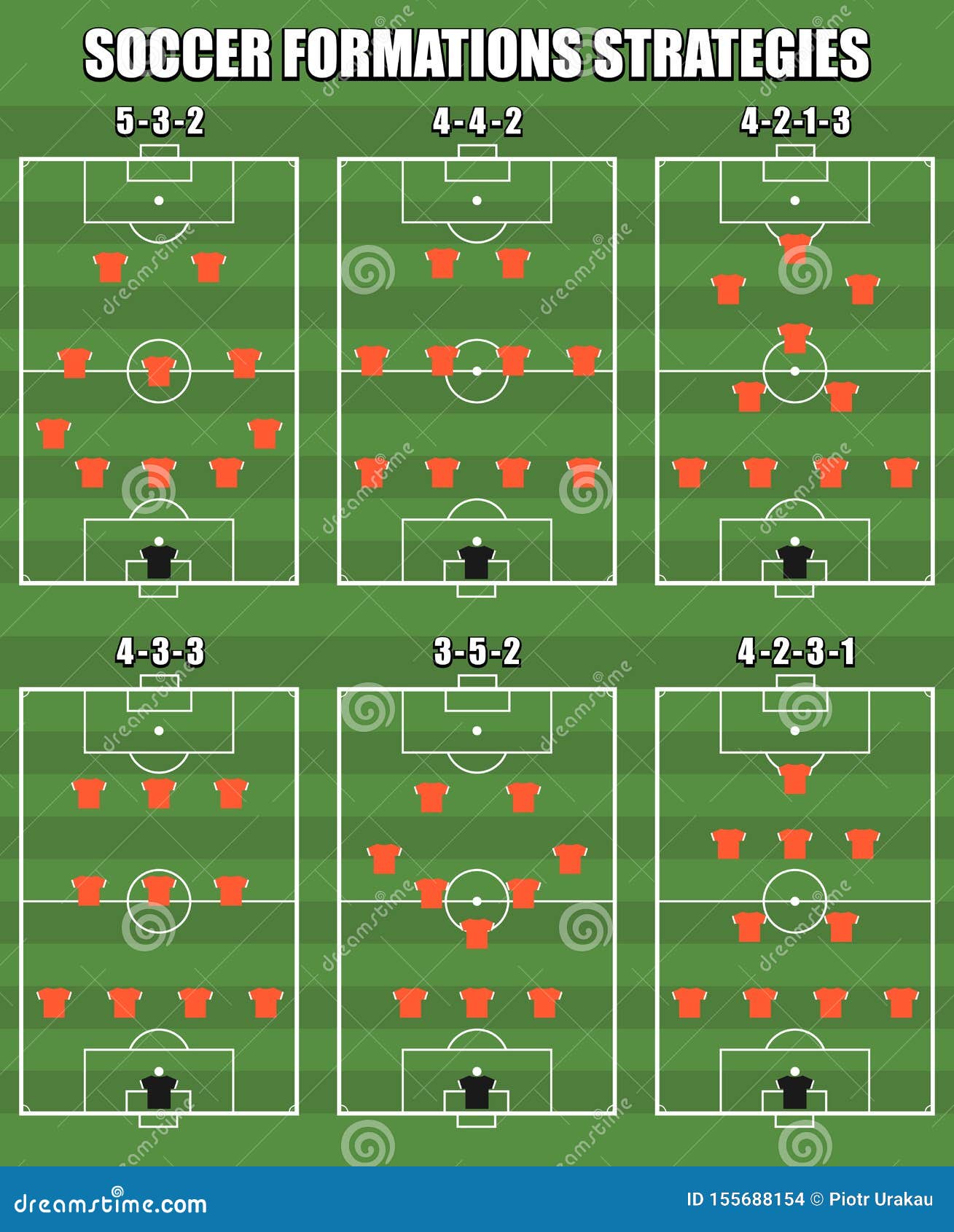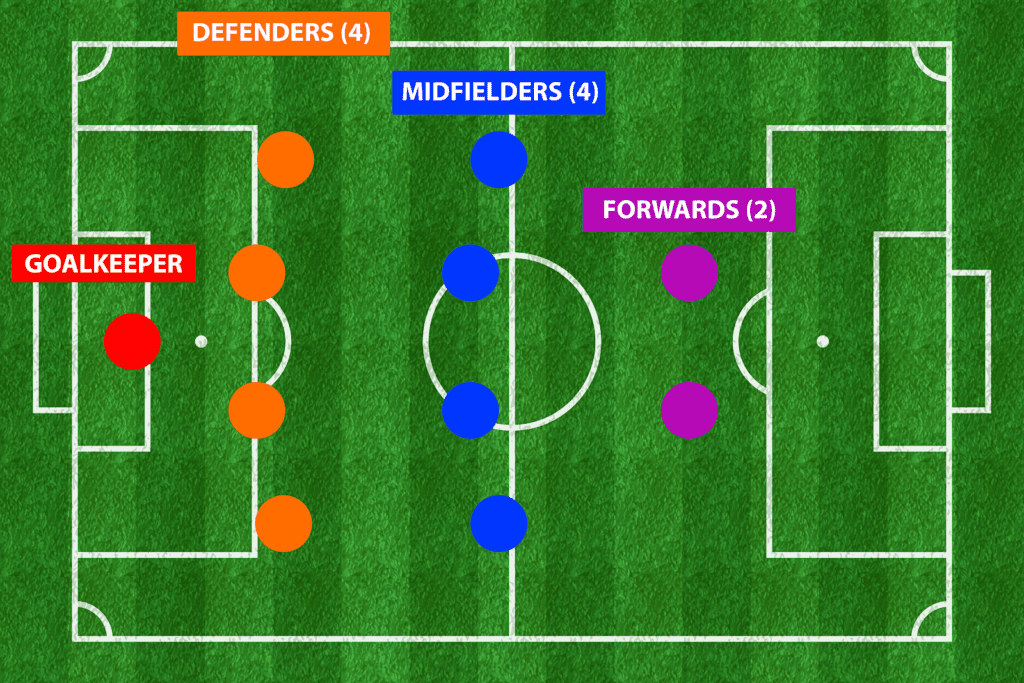“Football Tactics Popular in Morocco
Related Articles Football Tactics Popular in Morocco
Football Tactics Popular in Morocco

Moroccan football has experienced a significant rise in prominence in recent years, both at the club and international levels. This ascent is not solely attributed to individual brilliance but also to the tactical evolution within the Moroccan game. A blend of traditional North African flair with modern European influences has shaped the tactical landscape, resulting in a unique and dynamic approach to football. This article delves into the popular football tactics in Morocco, exploring their historical roots, key characteristics, notable exponents, and impact on the nation’s footballing success.
Historical Context
To understand the tactical inclinations of Moroccan football, it is crucial to consider its historical context. Morocco’s footballing heritage is deeply intertwined with its colonial past, particularly its relationship with France and Spain. During the colonial era, European footballing styles were introduced to Morocco, influencing the development of local tactics.
Initially, Moroccan football adopted a more defensive and pragmatic approach, prioritizing organization and discipline. This was partly due to the perceived superiority of European teams in terms of physicality and tactical know-how. However, as Moroccan football evolved, it began to incorporate elements of its own unique culture and flair.
Emergence of a Distinct Moroccan Style
In the post-colonial era, Moroccan football sought to establish its own identity, distinct from European influences. This led to the emergence of a more expressive and attacking style of play, characterized by technical skill, creativity, and improvisation. Moroccan players began to showcase their dribbling ability, passing range, and flair for the spectacular.
This shift towards a more attacking approach was also influenced by the success of Moroccan clubs in continental competitions. Teams like Raja Casablanca and Wydad Casablanca achieved significant success in the CAF Champions League, showcasing an attractive and attacking brand of football that resonated with Moroccan fans.
Popular Tactical Approaches in Morocco
Several tactical approaches have gained popularity in Moroccan football, reflecting the diverse influences and evolving nature of the game. These include:
-
Possession-Based Football:
-
Possession-based football has become increasingly prevalent in Moroccan football, particularly at the club level. This approach emphasizes maintaining control of the ball, dictating the tempo of the game, and creating scoring opportunities through intricate passing sequences.

-
Teams that adopt this tactic typically employ a 4-3-3 or 4-2-3-1 formation, with midfielders playing a crucial role in orchestrating play and distributing the ball effectively.
-
The emphasis on possession is not merely for its own sake but rather to create openings in the opponent’s defense and exploit spaces with intelligent movement and passing.
-
Examples: Raja Casablanca, under various managers, have often favored a possession-based style, aiming to dominate games through ball control and intricate passing patterns.
-
-
Counter-Attacking Football:
-
Counter-attacking football remains a popular tactic in Moroccan football, particularly against stronger opponents or when playing away from home. This approach prioritizes defensive solidity, quick transitions, and exploiting the opponent’s defensive vulnerabilities.
-
Teams that employ this tactic typically adopt a more compact defensive shape, often using a 4-4-2 or 4-5-1 formation, and look to win the ball back in their own half before launching rapid counter-attacks.
-
Pace and directness are key attributes for players in a counter-attacking system, with wingers and strikers needing to be quick, skillful, and clinical in front of goal.
-
Examples: The Moroccan national team, under certain managers, has shown a propensity for counter-attacking football, particularly in matches against higher-ranked opponents, leveraging the speed and skill of their attacking players.
-
-
High-Pressing Football:
-
High-pressing football, also known as "Gegenpressing," has gained traction in Moroccan football in recent years, influenced by the tactical trends in European football. This approach involves pressing the opponent high up the pitch, attempting to win the ball back in their own half and create scoring opportunities from turnovers.
-
Teams that adopt this tactic typically employ a 4-3-3 or 4-2-3-1 formation, with attacking players pressing aggressively and midfielders supporting the press by closing down space and intercepting passes.
-
High-pressing football requires a high level of fitness, coordination, and tactical discipline, as players need to work in unison to effectively disrupt the opponent’s build-up play.
-
Examples: Some Moroccan clubs have experimented with high-pressing tactics, particularly against opponents who are comfortable playing out from the back, aiming to disrupt their rhythm and force errors.
-
-
Defensive Solidity and Organization:
-
Regardless of the specific tactical approach, defensive solidity and organization remain paramount in Moroccan football. Moroccan teams are typically well-drilled defensively, with a strong emphasis on discipline, teamwork, and communication.
-
Defensive formations such as the 4-4-2 or 4-5-1 are commonly used to provide a solid defensive base, with players working hard to track runners, close down space, and protect the back four.
-
Goalkeepers and central defenders play a crucial role in organizing the defense and ensuring that the team remains compact and difficult to break down.
-
Examples: The Moroccan national team, throughout its history, has often been praised for its defensive solidity, with a focus on disciplined defending and minimizing errors.
-
Key Characteristics of Moroccan Football Tactics
In addition to the specific tactical approaches, several key characteristics define Moroccan football tactics:
-
Technical Skill and Flair:
-
Moroccan players are renowned for their technical skill, dribbling ability, and flair for the spectacular. These qualities are often incorporated into the team’s tactical approach, with players encouraged to express themselves creatively and take risks in the final third.
-
Individual brilliance can often be the difference in tight matches, with Moroccan players capable of producing moments of magic that can unlock even the most stubborn defenses.
-
-
Tactical Flexibility:
-
Moroccan teams often demonstrate tactical flexibility, adapting their approach depending on the opponent, match situation, and available personnel. This adaptability allows them to be competitive against a wide range of teams and tactical styles.
-
Managers often make tactical adjustments during matches, switching formations, changing personnel, or altering the team’s approach to gain an advantage.
-
-
Passion and Intensity:
-
Moroccan football is characterized by passion and intensity, both on and off the pitch. Players are known for their commitment, determination, and willingness to fight for their team.
-
The passionate support of the Moroccan fans creates a vibrant atmosphere at matches, inspiring the players to give their all and perform to their best.
-
Notable Exponents of Moroccan Football Tactics
Several Moroccan coaches and players have played a significant role in shaping the tactical landscape of Moroccan football:
-
Coaches:
-
Hervé Renard: The French coach who led Morocco to the 2018 World Cup, emphasizing a solid defensive structure and effective counter-attacking play.
-
Walid Regragui: The current coach of the Moroccan national team, known for his tactical acumen and ability to inspire his players. He led Morocco to a historic semi-final appearance at the 2022 FIFA World Cup, employing a well-organized defensive structure and effective counter-attacking strategy.
-
-
Players:
-
Achraf Hakimi: A world-class full-back known for his pace, attacking prowess, and tactical awareness.
-
Hakim Ziyech: An attacking midfielder renowned for his creativity, technical skill, and ability to unlock defenses.
-
Sofyan Amrabat: A combative and tactically astute defensive midfielder who provides a solid shield for the defense.
-
Impact on Moroccan Footballing Success
The tactical evolution of Moroccan football has played a significant role in the nation’s recent success. The Moroccan national team’s impressive performances at the 2018 and 2022 FIFA World Cups, as well as the success of Moroccan clubs in continental competitions, are testament to the effectiveness of the tactical approaches employed by Moroccan teams.
The blend of traditional Moroccan flair with modern European influences has created a unique and dynamic style of football that is both entertaining to watch and effective in achieving results. As Moroccan football continues to develop and evolve, it is likely to remain a force to be reckoned with on the African and global stages.
Conclusion
Football tactics in Morocco are a fascinating blend of historical influences, cultural nuances, and modern trends. The country has developed a unique style that emphasizes technical skill, tactical flexibility, and defensive organization. The rise of possession-based football, counter-attacking strategies, and high-pressing tactics reflects the evolving nature of the game in Morocco. The success of Moroccan clubs and the national team on the international stage is a testament to the effectiveness of these tactical approaches. As Moroccan football continues to grow and adapt, it will be exciting to see how the tactical landscape evolves and how Moroccan teams continue to make their mark on the world stage.

